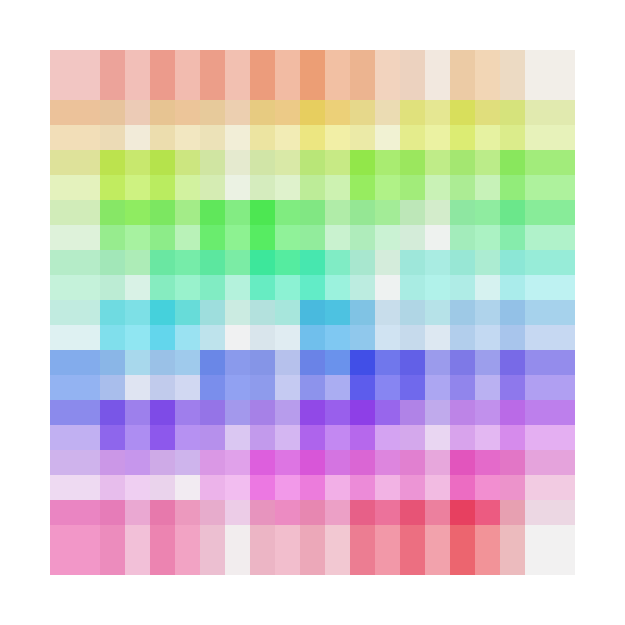

With the original tsutsu or water container for the interior of the basket, cut from a cylinder of timber bamboo, the exterior surface roughly textured, then lacquered a red-brown color and lined with copper. The catalogue also dates that basket to the late 1920s (1929). Aside from the more refined intent and scale of the weaving, the treatment of the rims and handle, no branch nodes grace its form. That basket however resembles this one as the most distant of cousins do each other. Though we have never seen a similar basket by Rokansai (which we feel points to the rarity of the materials, since Rokansai frequently worked in series), a piece with similar form in a more restrained, formal style is illustrated in Iizuka Rokansai: Master of Modern Bamboo Crafts, page 82, number 24. The texturing of the surface by these nodes conveys a powerful rhythm as they dance around the face of the basket. That the artist named the piece Bamboo Node underscores our reading. We believe the material inspired him, since to find this much bamboo with branch nodes must have been relatively rare (or one would see more of it). The blond bamboo glows with a deep color, far richer than the pale leached bamboo Rokansai often favored. The bundled twisting treatment of the rim continues in the handle.

Rokansai creates a varying pattern depending not only on placement of these branch nodes vertically on the face of the basket, but as well by whether the stay directs them upwards (as they would have grown) or downwards in contrast. A melodic theme of prominent, cut nodes plays over the surface, points where double branches were trimmed off and the top of the nodes darkened. As one would expect, the vertical stays vary in width, tapering at the ends as they bend inward to the rims. The crossing diagonal stays rise and fall as a minor key on the exterior, one in a plane just beneath the rim and the other just below the waist. To support these he adapts an architecture of compound lozenge plaiting ( yotsume gaeshi) on the interior.

Rokansai creates a curtain of vertical bamboo stays framed by diagonal simple plaiting. Note: the signature and seal are consistent with those illustrated in Iizuka Rokansai: Master of Modern Bamboo Crafts, page 118, upper register, for 1927 – 1930. With the tomobako or original box, inscribed on the exterior of the lid: Hana Kago or Flower Basket and on the reverse of the lid titled: Mei Take Kabu or Named: Bamboo Node, and signed: Rokansai Saku or Made by Rokansai, and sealed. Signed on the reverse with an incised signature by the artist: Rokansai Saku or Made by Rokansai (Iizuka Rokansai, the go or art name of Iizuka Yanosuke, 1890 – 1958). Flower arranging basket in a cylindrical form with a loop style handle.


 0 kommentar(er)
0 kommentar(er)
